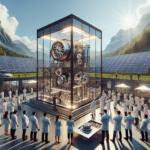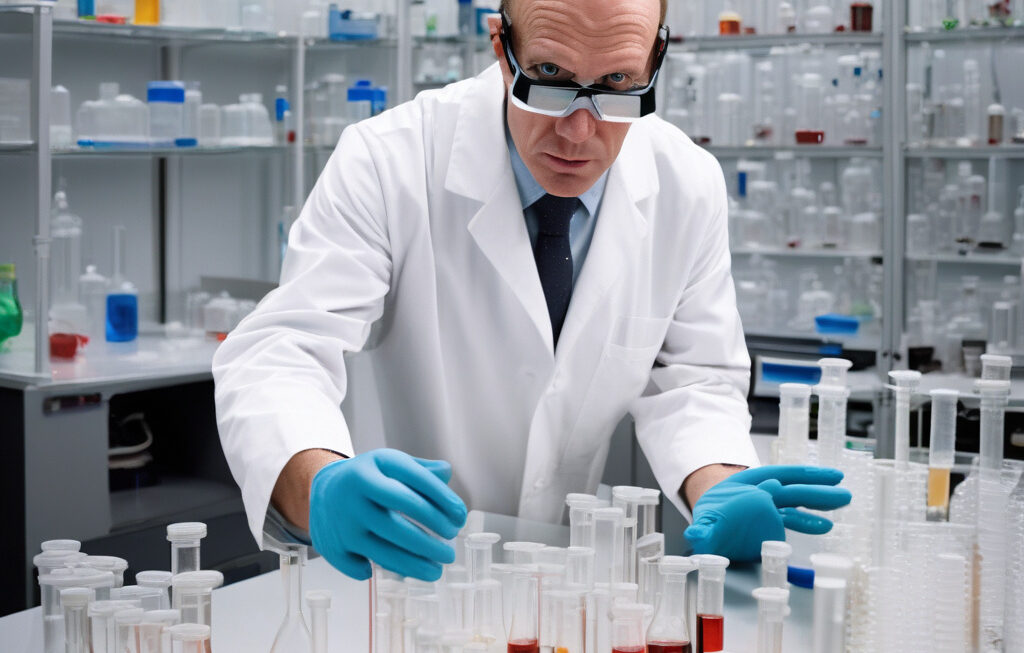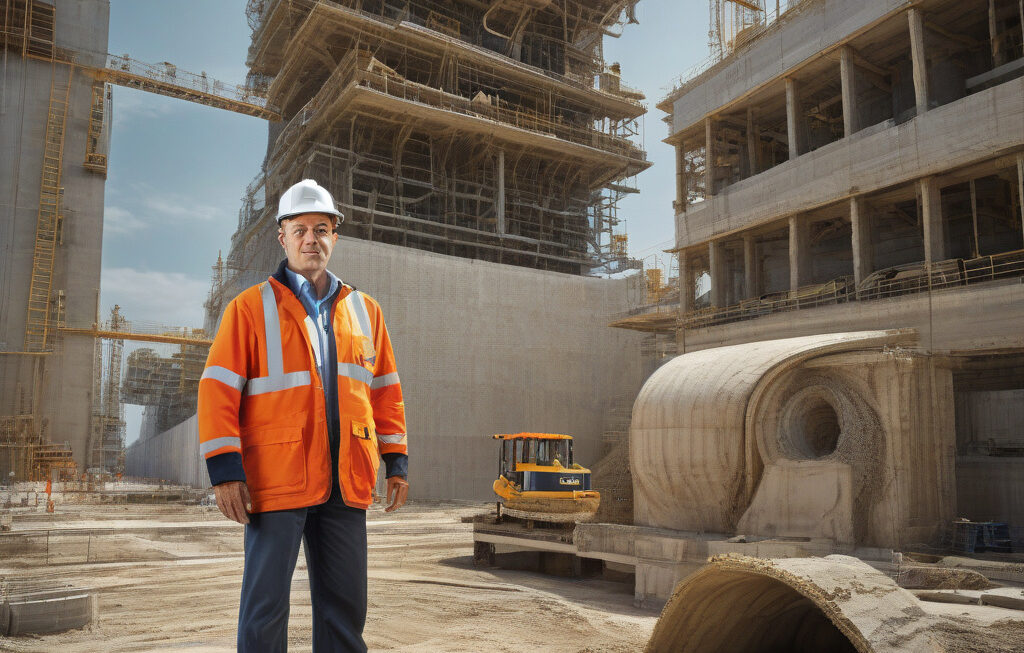Self-Repairing Buildings? Engineers Make Living Concrete in Construction Breakthrough
A team of researchers has developed a living building material composed of fungal mycelium and bacteria that could revolutionize the construction industry as we know it. This innovative approach to creating self-repairing buildings has the potential to significantly reduce maintenance costs and increase the lifespan of structures, leading to more sustainable and resilient urban environments.
The concept of using living organisms in construction is not entirely new, but recent advancements in bioengineering have allowed for the development of materials that can actively heal themselves when damaged. The team of engineers behind this breakthrough has been working on incorporating organic matter into concrete to create a new type of composite material that is both strong and self-healing.
The key ingredient in this living concrete is fungal mycelium, a network of thread-like structures that fungi use to extract nutrients from their surroundings. When mixed with concrete and bacteria that produce calcite, a mineral that fills in cracks, the mycelium acts as a binding agent that helps the material self-repair when it sustains damage. This natural healing process mimics the way living organisms repair themselves, offering a more sustainable alternative to traditional construction materials.
One of the primary advantages of using living concrete is its ability to reduce the need for costly repairs and maintenance. Instead of waiting for cracks to form and then fixing them with expensive materials and labor, buildings made with this innovative material can heal themselves over time, potentially saving building owners significant amounts of money in the long run.
Moreover, the use of fungal mycelium in construction can also help reduce the carbon footprint of buildings. Traditional concrete production is a significant source of carbon dioxide emissions, but by incorporating organic matter into the mix, the environmental impact of construction can be minimized. This aligns with the growing demand for sustainable building practices and environmentally friendly materials in the architecture and construction industries.
In addition to its self-repairing capabilities and environmental benefits, living concrete also offers structural advantages. The fungal mycelium binds with the other components of the material to create a strong and durable composite that can withstand the rigors of construction. This means that buildings made with living concrete can be just as resilient, if not more so, than those constructed using traditional methods.
While the concept of self-repairing buildings may still be in the early stages of development, the potential benefits it offers are undeniable. From cost savings to sustainability to structural integrity, living concrete has the opportunity to transform the way we think about construction and building maintenance. As researchers continue to refine the technology and explore new applications, we may soon see a future where our buildings can heal themselves, much like living organisms in nature.
In conclusion, the development of living concrete represents a significant step forward in the field of construction and engineering. By harnessing the power of nature to create self-repairing buildings, engineers are paving the way for a more sustainable and resilient built environment. As this technology continues to evolve, we can look forward to a future where our structures are not just inert objects, but living, breathing entities that adapt and heal over time.
self-repairing buildings, living concrete, construction innovation, sustainable materials, fungal mycelium










